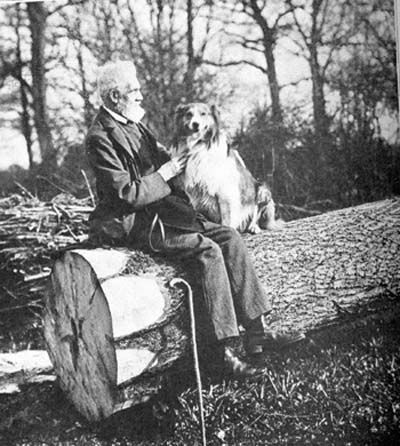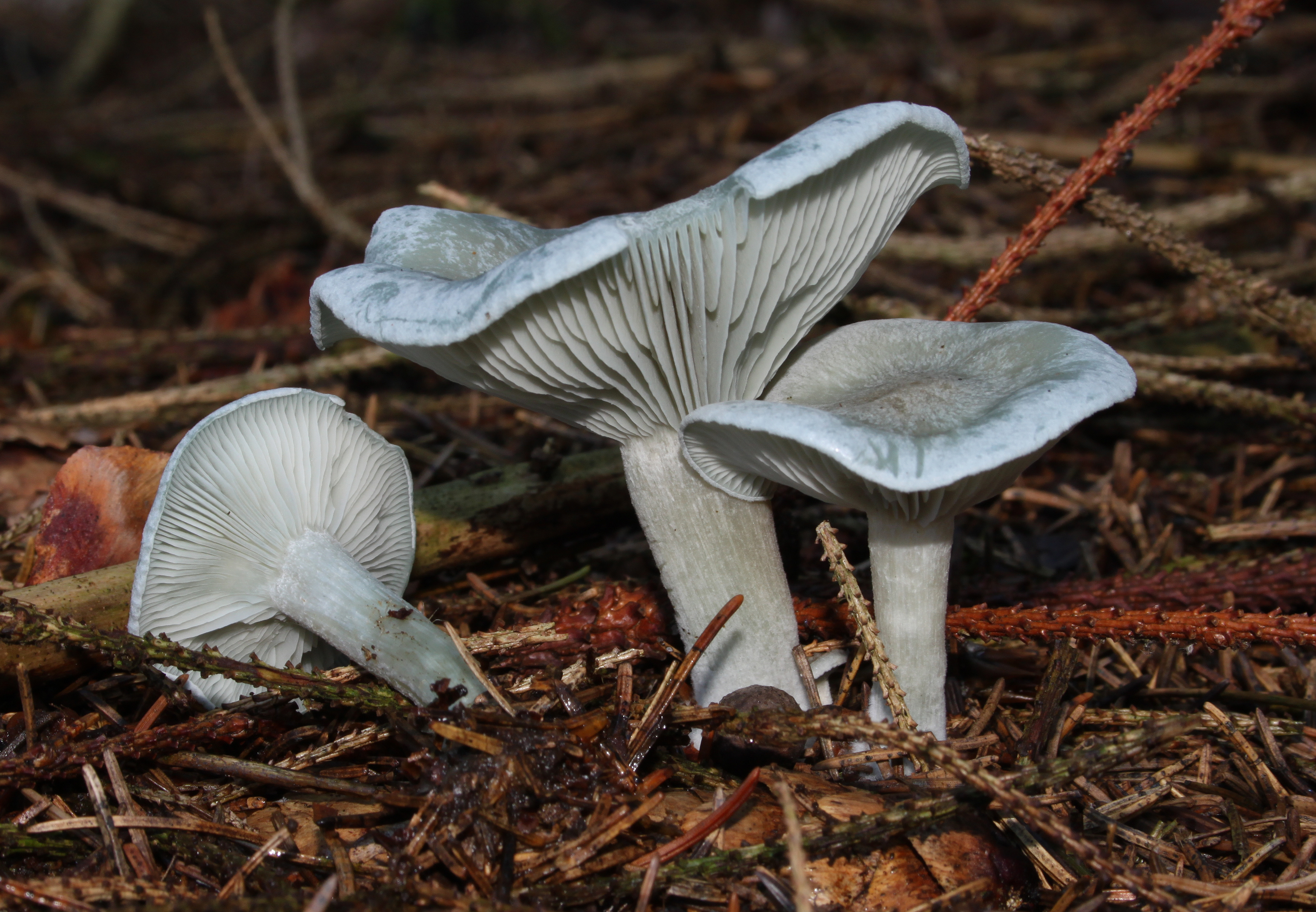|
Lepista Caespitosa
''Lepista'' is a genus of mushroom-forming fungi. According to the ''Dictionary of the Fungi'' (10th edition, 2008), the widespread genus contains about 50 species. In 1969, Howard Bigelow and Alex H. Smith made the group a subgenus of ''Clitocybe''. A 2015 genetic study found that the genera ''Collybia'' and ''Lepista'' were closely related to the core clade of ''Clitocybe'', but that all three were polyphyletic, with many members in lineages removed from other members of the same genus and instead more closely related to the other two. Alvarado and colleagues declined to define the genera but proposed several options and highlighted the need for a wider analysis. Selected species * ''Lepista caespitosa'' * ''Lepista flaccida'' (previously ''Clitocybe flaccida'') * ''Lepista gilva'' * ''Lepista glaucocana'' * ''Lepista inversa'' * ''Lepista personata'' * ''Lepista saeva'' (field blewit) * ''Lepista sordida'' See also *List of Tricholomataceae genera The Tricholomataceae are ... [...More Info...] [...Related Items...] OR: [Wikipedia] [Google] [Baidu] |
Elias Magnus Fries
Elias Magnus Fries (15 August 1794 – 8 February 1878) was a Swedish mycologist and botanist. Career Fries was born at Femsjö (Hylte Municipality), Småland, the son of the pastor there. He attended school in Växjö. He acquired an extensive knowledge of flowering plants from his father. In 1811 Fries entered Lund University where he obtained a doctorate in 1814. In the same year he was appointed an associate professorship in botany. He was elected a member of the Royal Swedish Academy of Sciences, and in 1824, became a full professor. In 1834 he became Borgström professor (Swed. ''Borgströmianska professuren'', a chair endowed by Erik Eriksson Borgström, 1708–1770) in applied economics at Uppsala University. The position was changed to "professor of botany and applied economics" in 1851. He was elected a Foreign Honorary Member of the American Academy of Arts and Sciences in 1849. That year he was also appointed director of the Uppsala University Botanica ... [...More Info...] [...Related Items...] OR: [Wikipedia] [Google] [Baidu] |
Worthington George Smith
Worthington George Smith (25 March 1835 – 27 October 1917) was an English cartoonist and illustrator, archaeologist, plant pathologist, and mycologist. Background and career Worthington G. Smith was born in Shoreditch, London, the son of a civil servant. He received an elementary education at a local school and was then apprenticed as an architect. He married Henrietta White in 1856 and the couple had seven children, only three of whom survived childhood.''Oxford Dictionary of National Biography'' http://www.oxforddnb.com Smith worked for the architect Sir Horace Jones, becoming an expert draughtsman and a member of the Architectural Association.Bedfordshire Libraries: Worthington George Smith http://www.galaxy.bedfordshire.gov.uk/webingres/bedfordshire/vlib/0.digitised_resources/dunstable_digitisation_people_smith_about.htm In 1861, however, he left the profession (having been required to design drains for Sir Horace) and embarked on a second career as a freelance illustrator ... [...More Info...] [...Related Items...] OR: [Wikipedia] [Google] [Baidu] |
Genus
Genus ( plural genera ) is a taxonomic rank used in the biological classification of extant taxon, living and fossil organisms as well as Virus classification#ICTV classification, viruses. In the hierarchy of biological classification, genus comes above species and below family (taxonomy), family. In binomial nomenclature, the genus name forms the first part of the binomial species name for each species within the genus. :E.g. ''Panthera leo'' (lion) and ''Panthera onca'' (jaguar) are two species within the genus ''Panthera''. ''Panthera'' is a genus within the family Felidae. The composition of a genus is determined by taxonomy (biology), taxonomists. The standards for genus classification are not strictly codified, so different authorities often produce different classifications for genera. There are some general practices used, however, including the idea that a newly defined genus should fulfill these three criteria to be descriptively useful: # monophyly – all descendants ... [...More Info...] [...Related Items...] OR: [Wikipedia] [Google] [Baidu] |
Mushroom
A mushroom or toadstool is the fleshy, spore-bearing fruiting body of a fungus, typically produced above ground, on soil, or on its food source. ''Toadstool'' generally denotes one poisonous to humans. The standard for the name "mushroom" is the cultivated white button mushroom, ''Agaricus bisporus''; hence the word "mushroom" is most often applied to those fungi ( Basidiomycota, Agaricomycetes) that have a stem ( stipe), a cap ( pileus), and gills (lamellae, sing. lamella) on the underside of the cap. "Mushroom" also describes a variety of other gilled fungi, with or without stems, therefore the term is used to describe the fleshy fruiting bodies of some Ascomycota. These gills produce microscopic spores that help the fungus spread across the ground or its occupant surface. Forms deviating from the standard morphology usually have more specific names, such as "bolete", "puffball", "stinkhorn", and " morel", and gilled mushrooms themselves are often called "agarics" in refere ... [...More Info...] [...Related Items...] OR: [Wikipedia] [Google] [Baidu] |
Fungi
A fungus ( : fungi or funguses) is any member of the group of eukaryotic organisms that includes microorganisms such as yeasts and molds, as well as the more familiar mushrooms. These organisms are classified as a kingdom, separately from the other eukaryotic kingdoms, which by one traditional classification include Plantae, Animalia, Protozoa, and Chromista. A characteristic that places fungi in a different kingdom from plants, bacteria, and some protists is chitin in their cell walls. Fungi, like animals, are heterotrophs; they acquire their food by absorbing dissolved molecules, typically by secreting digestive enzymes into their environment. Fungi do not photosynthesize. Growth is their means of mobility, except for spores (a few of which are flagellated), which may travel through the air or water. Fungi are the principal decomposers in ecological systems. These and other differences place fungi in a single group of related organisms, named the ''Eumycota'' (''t ... [...More Info...] [...Related Items...] OR: [Wikipedia] [Google] [Baidu] |
Clitocybe
''Clitocybe'' is a genus of mushrooms characterized by white, off-white, buff, cream, pink, or light-yellow spores, gills running down the stem, and pale white to brown or lilac coloration. They are primarily saprotrophic, decomposing forest ground litter. There are estimated to be around 300 species in the widespread genus. ''Clitocybe'' means ''sloping head''. A few members of the genus are considered edible; many others are poisonous, containing the toxin muscarine among others. Distinguishing individual species of ''Clitocybe'' is generally prohibitively difficult to non-experts, requiring the analysis of microscopic characters. Therefore, with the exception of a few charismatic and readily identified members, ''Clitocybe'' mushrooms are rarely collected for consumption. Taxonomy ''Clitocybe'' was originally proposed by Elias Fries in 1821 as a tribe in the genus ''Agaricus''. Friedrich Staude elevated it to generic status in 1857. Recent molecular work has shown the genus ... [...More Info...] [...Related Items...] OR: [Wikipedia] [Google] [Baidu] |
Lepista Caespitosa
''Lepista'' is a genus of mushroom-forming fungi. According to the ''Dictionary of the Fungi'' (10th edition, 2008), the widespread genus contains about 50 species. In 1969, Howard Bigelow and Alex H. Smith made the group a subgenus of ''Clitocybe''. A 2015 genetic study found that the genera ''Collybia'' and ''Lepista'' were closely related to the core clade of ''Clitocybe'', but that all three were polyphyletic, with many members in lineages removed from other members of the same genus and instead more closely related to the other two. Alvarado and colleagues declined to define the genera but proposed several options and highlighted the need for a wider analysis. Selected species * ''Lepista caespitosa'' * ''Lepista flaccida'' (previously ''Clitocybe flaccida'') * ''Lepista gilva'' * ''Lepista glaucocana'' * ''Lepista inversa'' * ''Lepista personata'' * ''Lepista saeva'' (field blewit) * ''Lepista sordida'' See also *List of Tricholomataceae genera The Tricholomataceae are ... [...More Info...] [...Related Items...] OR: [Wikipedia] [Google] [Baidu] |
Lepista Flaccida
''Paralepista flaccida'' (also called ''Clitocybe flaccida'', ''Clitocybe inversa'', ''Lepista flaccida'' and ''Lepista inversa'', or in English tawny funnel cap) is a species of mushroom found across the Northern Hemisphere. It is known to form fairy rings. Naming The naming history of this mushroom is complicated by the fact that for a long time it was regarded as two different species, "''flaccida''" (associated with broad-leaved trees) and "''inversa''" (associated with conifers and with a smoother shinier cap). These forms can still be differentiated as varieties within ''P. flaccida'' if desired. The earliest description was by Giovanni Antonio Scopoli in 1772 as ''Agaricus inversus'' in his booFlora Carniolica then in 1799 James Sowerby created a description under the name ''Agaricus flaccidus'' in his major work " Coloured Figures of English Fungi or Mushrooms". In later years there were defined the combinations ''Clitocybe flaccida'' (by Paul Kummer, 1871), ''Clitocybe in ... [...More Info...] [...Related Items...] OR: [Wikipedia] [Google] [Baidu] |
Lepista Gilva
''Lepista'' is a genus of mushroom-forming fungi. According to the ''Dictionary of the Fungi'' (10th edition, 2008), the widespread genus contains about 50 species. In 1969, Howard Bigelow and Alex H. Smith made the group a subgenus of ''Clitocybe''. A 2015 genetic study found that the genera ''Collybia'' and ''Lepista'' were closely related to the core clade of ''Clitocybe'', but that all three were polyphyletic, with many members in lineages removed from other members of the same genus and instead more closely related to the other two. Alvarado and colleagues declined to define the genera but proposed several options and highlighted the need for a wider analysis. Selected species * ''Lepista caespitosa'' * ''Lepista flaccida'' (previously ''Clitocybe flaccida'') * ''Lepista gilva'' * ''Lepista glaucocana'' * ''Lepista inversa'' * ''Lepista personata'' * ''Lepista saeva'' (field blewit) * ''Lepista sordida'' See also *List of Tricholomataceae genera The Tricholomataceae are ... [...More Info...] [...Related Items...] OR: [Wikipedia] [Google] [Baidu] |
Lepista Glaucocana
''Lepista glaucocana'' is a species of fungus belonging to the family Tricholomataceae The Tricholomataceae are a large family of mushrooms within the Agaricales. Originally a classic "wastebasket taxon", the family included any white-, yellow-, or pink-spored genera in the Agaricales not already classified as belonging to e.g. the .... It is native to Europe and Northern America. References {{Taxonbar, from=Q3830742 glaucocana ... [...More Info...] [...Related Items...] OR: [Wikipedia] [Google] [Baidu] |
Lepista Inversa
''Paralepista flaccida'' (also called ''Clitocybe flaccida'', ''Clitocybe inversa'', ''Lepista flaccida'' and ''Lepista inversa'', or in English tawny funnel cap) is a species of mushroom found across the Northern Hemisphere. It is known to form fairy rings. Naming The naming history of this mushroom is complicated by the fact that for a long time it was regarded as two different species, "''flaccida''" (associated with broad-leaved trees) and "''inversa''" (associated with conifers and with a smoother shinier cap). These forms can still be differentiated as varieties within ''P. flaccida'' if desired. The earliest description was by Giovanni Antonio Scopoli in 1772 as ''Agaricus inversus'' in his booFlora Carniolica then in 1799 James Sowerby created a description under the name ''Agaricus flaccidus'' in his major work " Coloured Figures of English Fungi or Mushrooms". In later years there were defined the combinations ''Clitocybe flaccida'' (by Paul Kummer, 1871), ''Clitocybe in ... [...More Info...] [...Related Items...] OR: [Wikipedia] [Google] [Baidu] |
Lepista Personata
''Lepista personata'' (also recognised as ''Lepista saeva'', ''Clitocybe saeva'' and ''Tricholoma personatum'', and commonly known as the field blewit and blue-leg) is a species of edible fungus commonly found growing in grassy areas across Europe and is morphologically related to the wood blewit ('' Lepista nuda''). Taxonomy This species was originally proclaimed by Elias Fries in 1818, as ''Agaricus personatus''. Cooke proposed in 1871 another name still in use today — ''Lepista personata''. Other names were to follow, namely ''Lepista saeva'' by P.D. Orton in 1960 and ''Clitocybe saeva'' by H.E. Bigelow & A.H. Smith in 1969, the latter placing the fungus in the larger genus ''Clitocybe''. In Latin, the specific epithet ''sævus'' is an adjective meaning either fierce, outrageous, angry or strong. Likewise, ''personatus'' is a participle meaning disguised, pretended or false. Description The fruiting body of the mushroom resembles an agaric. The cap is at first hemispher ... [...More Info...] [...Related Items...] OR: [Wikipedia] [Google] [Baidu] |





